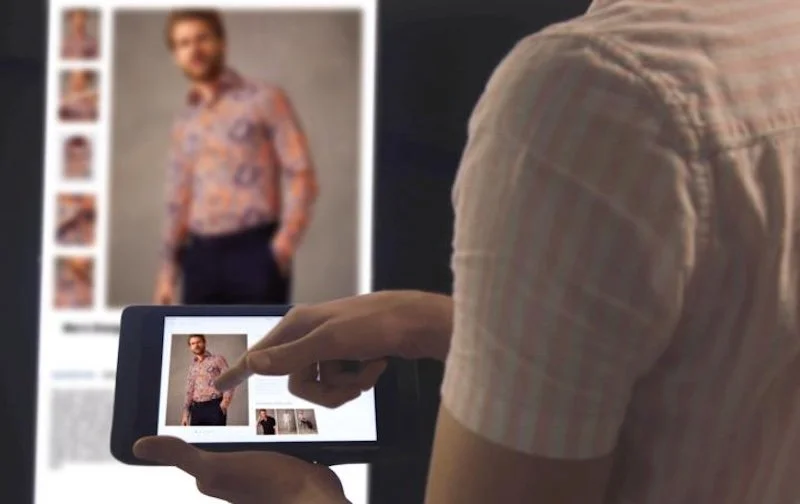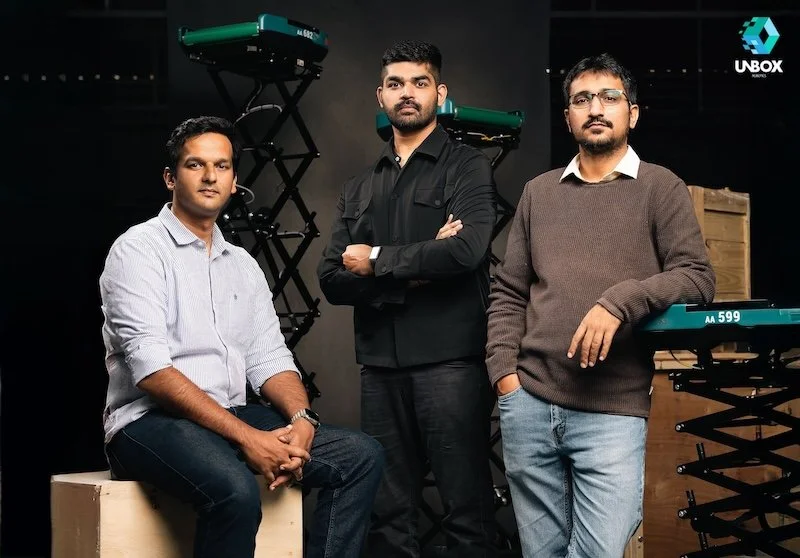Has the pace of retail technology innovation overtaken the pace of consumer desire and demand?
The retail industry has always been dynamic and innovative, constantly adapting to changing consumer needs and technological advancements.
Covid invariably increased this rate of both innovation and adoption, with retailers having to invest heavily in contactless retail systems, kerbside collection and delivery systems. The old cliché “necessity being the mother of invention” has never been more apt.
Those in technology were delivering solutions and services that retailers needed to keep trading and consumers wanted to keep buying.
Since then, though, is it time to ask whether the constant drive to innovate, for technological improvements is really delivering what our customers, whether consumer or retailer, want and need?
Are we, and this is a difficult question for someone who lauds ongoing innovation, innovating for innovation’s sake, rather than to solve real problems. Have we lost sight of what we should be doing?
And as a retailer, we need to ask, do consumers want more technology or do they just want the basics, delivered at a price they can afford.
This is a suitable time to ask this question. Indeed, I know that in almost every retailer that question will be getting bounced between merch teams, tech teams, marketing and the board. Where should diminishing budgets get allocated. Should smaller budgets be allocated to technology or into price support?
If we look at many of the headline technologies in 2022 those questioning the ROI of tech led innovation have a good point. The metaverse has not delivered anything like it’s (massively over-hyped) promise.
Since Facebook’s rebrand to Meta and its big bet on the metaverse last year, Meta’s value has tanked. The company’s stock price dropped more than 70% in less than a year. NFTs were outed as the ultimate Ponzi scheme.
Consumers looked at the metaverse with a huge MUH and shrug of the shoulders. It offered nothing that hadn’t been seen before, and even worse accessing it was slow and cumbersome at a time when consumers wanted fast and seamless.
On the other side, in 2022 we saw a proliferation of checkout-free stores. Where you could walk in with your app and walk out with your goods without going through a checkout.
As someone who has long railed against the totally wasteful checkout process – it really provides benefits for neither retailer or consumer – I loved this concept when it arrived, but is it another where the vision of a seamless transaction didn’t really match real world desires?
Even Amazon, a pioneer in this space, is closing six of its stores rather than expanding. Tesco is trialling hybrid stores, check-out free alongside manned tills. Once again, the hype really didn’t survive first contact with the consumer.
One reason for this is that consumers are creatures of habit. They tend to stick with what they know and are familiar with, particularly when it comes to shopping habits.
For example, while self-checkout kiosks may be convenient for some consumers, others may prefer the traditional checkout process with a cashier. Inertia is a bigger impediment to innovation pickup than many innovators realise. There has to be a big enough win for the consumer, not just the retailer.
Another over-hyped and hyper-growth technology in 2022 was rapid grocery deliveries. Indeed, in 2022 it seemed that the only thing faster than the promised delivery times for yoghurt and milk was the speed with which new rapid delivery companies were getting investor funding.
And again, the logic was sound, today’s time deficient, cash rich consumer will pay for milk in 15 minutes, then 10 minutes.
What both checkout-less stores and rapid delivery technology plays was a misconception that consumers are willing to pay more for speed and convenience.
One challenge here was that for most of 2022, rapid delivery companies were on nothing more than a landgrab. Investors were throwing money at startups promising they had the tech, the vision to deliver on the customer need, even though this customer need was rather vague.
In the absence of a problem to solve, such companies simply offered faster and faster delivery times, setting up dark stores, more and more integrations and yet all they achieved was burning through money, with the only business plan based on being the last man standing and once that was achieved, and customers somehow became addicted to getting their Friday night yoghurt and wine in five minutes, they would pay over the odds for that experience.
Consumers do want seamless, frictionless shopping experiences. Just look at Amazon, the one touch shopping has been a gamechanger and no matter how much you want to make a break with Amazon the seamless experience means that you just keep going back. Convenience stores have long traded on being more efficient, even if more expensive.
But these are simple to understand and use efficiencies, they require nothing of the consumer. Checkout-free stores require an initial investment from the consumer, whether that’s in the price of downloading and setting up an app or simply in learning a new way to shop.
This creates a block. One the consumer needs to overcome. It may be worth their while in the end, but if all I want is a pint of milk and the local convenience store is next door, I might not wait.
That being said, there are also many examples of successful retail innovations that have been embraced by consumers and retailers. Startups like Sook and experiential retailers like Situ Live are transforming the retail experience, utilising technology, but placing the customer at the heart of the experience.
3D technologies are transforming how we shop for large ticket items such as kitchens, sofas, but again these are providing a service the customer really wants, there is a problem there to be solved.
Retail will, and indeed must, keep innovating. Retail execs must look for new ways to place the customer at the heart of their transformations. AI will transform how technology talks to live consumers. But the single, most important thread running through all these innovations has to be the customer.
Don’t pretend you know what they want. Learn what they want and deliver it.
About the author: Mike Cadden is an experienced retail IT director and CIO with 25 years’ experience running technology teams and strategic delivery for many leading UK and international retailers.















Continue reading…